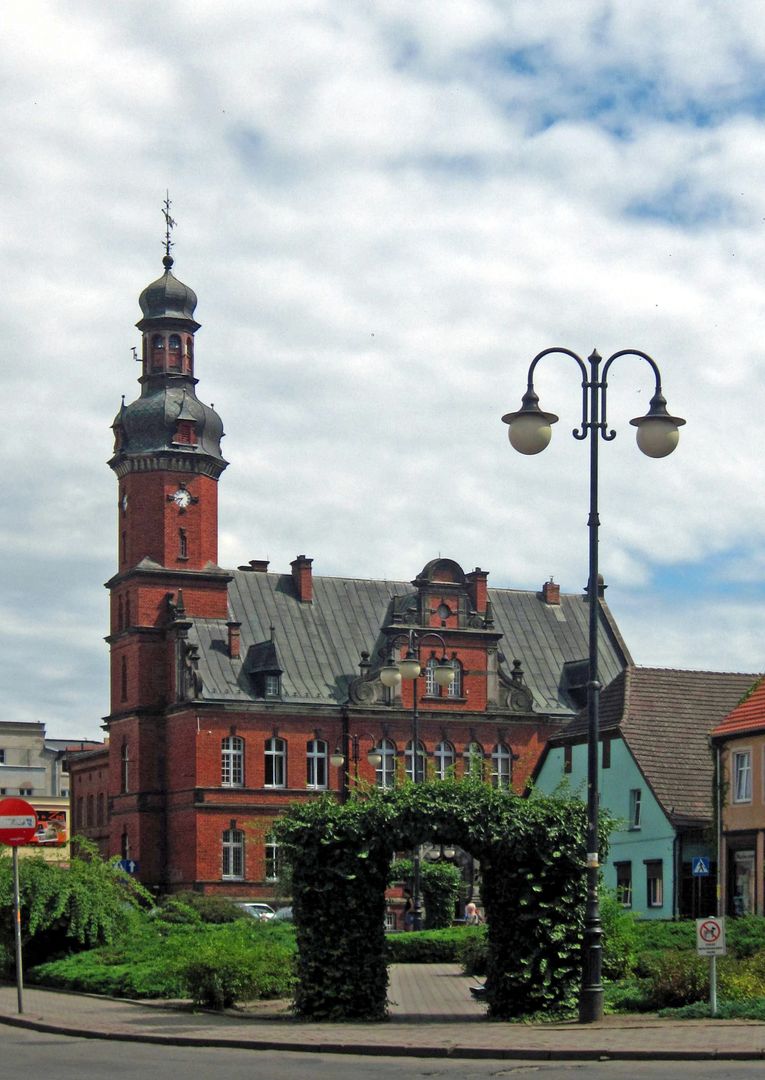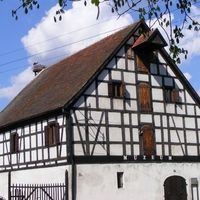Drezdenko
6.63

Overview
Drezdenko, formerly known as Drzeń, is a town in Poland located in the Lubusz Voivodeship, with a rich history dating back to medieval times. Situated on the Noteć River, the town has witnessed numerous historical transformations, from strongholds during the reign of Bolesław the Wrymouth to multiple changes in territorial affiliation, passing from Polish to Brandenburg and Teutonic Knight rule. In 1365, Drezdenko was incorporated into the Kingdom of Poland and later permanently annexed to Brandenburg in 1455. The 19th century was a period of significant events, including occupation by French troops and a cholera epidemic in 1855. Drezdenko survived World War II in relatively good condition, which allowed for the preservation of its historical architecture. Since 1945, the town has been part of Poland, and its former inhabitants were displaced. The architecture of Drezdenko is distinguished by the neo-Gothic Church of the Transfiguration, which is the tallest church in the Lubusz Voivodeship, along with other landmarks such as the branch church complex, half-timbered houses, and a late Baroque palace. Drezdenko also features a 17th-century half-timbered granary, which now serves as a museum, and remnants of a 17th-century fortress. In the cultural sphere, the Center for the Promotion of Culture and the Museum of the Drawska and Notecka Forests operate here. Drezdenko is a partner town to Wörth and Winsen, reflecting its commitment to international cooperation. The town is also known for its sports development, with the football clubs "Lubuszanin" Drezdenko and "Radowiak." Notable figures associated with the town include composer Adam Krieger and Natalia Kaczmarek, an Olympic athlete in the 400-meter dash. With its rich history and landmarks, Drezdenko is an important point on the cultural map of the region.
Location
2025 Wizytor | All Rights Reserved

